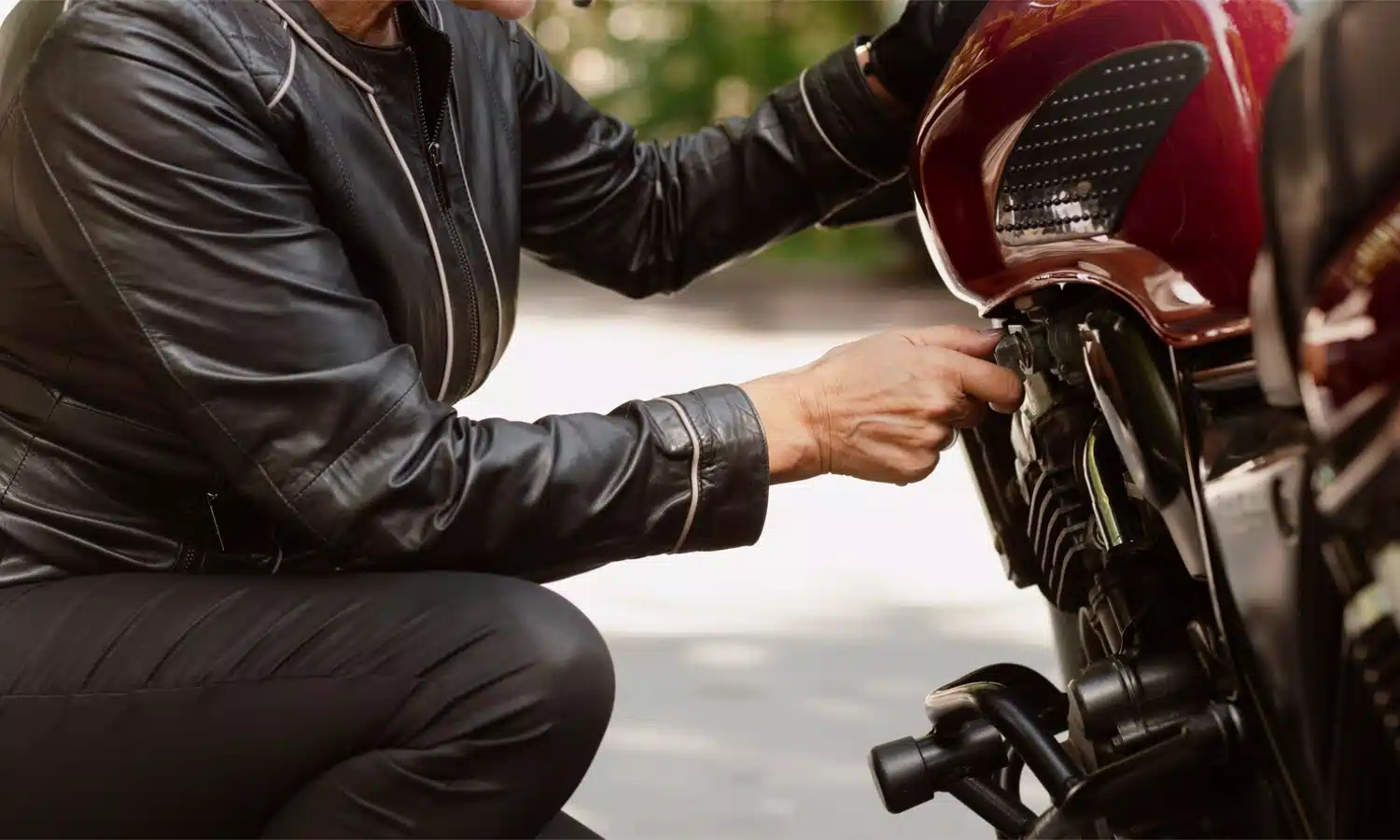How to Ship Motorcycle Spare Parts Abroad Safely (For Importers)

1. Choose Reliable Logistics Partners When ship motorcycle spare parts overseas, the first and most important step is choosing a trusted logistics company. A reliable freight forwarder or cargo service will ensure your shipment arrives safely and on time. Look for companies that provide tracking systems, insurance options, and experience in handling automotive goods. At PT. Nagoya Motor International, we often collaborate with export-forwarders who specialize in motor parts to guarantee smooth delivery. 2. Pack Spare Parts Properly Motorcycle parts vary in size, shape, and material — from small screws to large engine blocks. Improper packaging can cause serious damage during transit. Tips: Use bubble wrap or foam for fragile items. Pack heavy parts like crankcases or pistons in double-layered boxes. Clearly label boxes with “FRAGILE” or “HANDLE WITH CARE.” Use moisture-proof materials to protect against humidity during sea freight. Proper packing not only prevents damage but also builds trust with your international buyers. 3. Prepare Complete Export Documents International shipments require accurate documentation to clear customs smoothly. Commonly required papers include: Commercial invoice Packing list Certificate of origin Export license (if applicable) Missing or incorrect documents can delay delivery or cause extra charges. Always double-check every detail before dispatch. 4. Understand Import Regulations in the Destination Country Each country has its own rules for importing vehicle parts. Some may require certification, emission compliance, or labeling standards. Before shipping, communicate with your importer or local customs agent to ensure your products meet the destination requirements. 5. Choose the Right Shipping Method Depending on the urgency and type of parts, select the best method: Air Freight: Fast, suitable for small or high-value parts. Sea Freight: Economical for bulk shipments. Courier Services: Ideal for sample or urgent orders. Balancing cost, delivery time, and safety is key to maintaining customer satisfaction. Conclusion Ship Motorcycle Spare Parts Shipping motorcycle spare parts abroad requires proper planning, good packaging, and compliance with export regulations. By following these steps, you can minimize risk and build a solid reputation as a reliable supplier. For genuine and export-ready motorcycle parts, contact PT. Nagoya Motor International — trusted by global importers for quality and reliability.
Why Motorcycle Engine Overheating? Here Are 5 Common Causes and Solutions

Sometimes we wonder why my motorcycle engine has been overheating lately? Is it due to excessive use or other reasons? This time, the Nagoya Motor team has summarized some of the causes of your motorcycle engine overheating quickly. 1. Low Engine Oil Level Engine oil plays a crucial role in cooling and lubricating your motorcycle’s engine. When the oil level drops too low, friction between components increases — causing the engine to heat up faster. Solution: Always check your engine oil before long rides. Refill or replace it according to the manufacturer’s recommended schedule reccomended 1.500 – 2.000 km. 2. Poor Airflow or Cooling System Issues Overheating often occurs when the engine doesn’t get enough airflow or when the cooling system (especially on liquid-cooled engines) is clogged. Blocked radiators or damaged cooling fans prevent proper heat dissipation. Solution: Clean the radiator regularly and make sure the cooling fan works properly. For air-cooled engines, avoid idling too long in traffic. 3. Incorrect Air-Fuel Mixture A lean air-fuel mixture (too much air, too little fuel) causes combustion temperatures to rise. This not only makes your motorcycle run hotter but can also damage internal parts like the piston and valves. Solution: Have a mechanic tune your carburetor or check your fuel injectors to ensure the mixture is balanced. 4. Dirty or Clogged Engine Components Dust and carbon buildup inside the engine block or exhaust can block airflow and trap heat. This problem is common in older motorcycles that rarely undergo deep cleaning or maintenance. Solution: Perform regular engine cleaning and decarbonization. Replace air filters every few thousand kilometers to maintain airflow. 5. Excessive Load or Aggressive Riding Riding with heavy loads or frequently pushing your motorcycle to high RPMs can cause the engine to overheat faster. Solution: Ride smoothly, avoid redlining the engine too often, and maintain proper gear shifting habits. Conclusion About Motorcycle Engine Overheating Motorcycle engine overheating is not just uncomfortable — it’s a warning sign that something needs attention. By maintaining oil levels, checking airflow, cleaning regularly, and riding responsibly, you can keep your engine cool and running efficiently. If you’re looking for high-quality genuine spare parts to replace worn-out engine components, visit PT. Nagoya Motor International — your trusted source for original motorcycle parts from Indonesia.